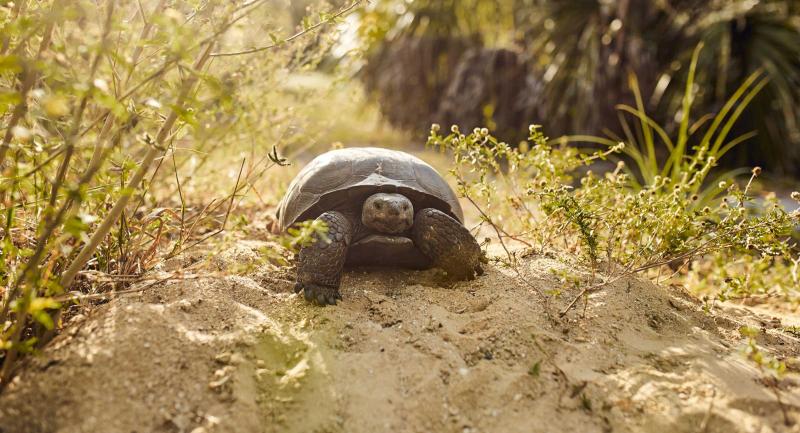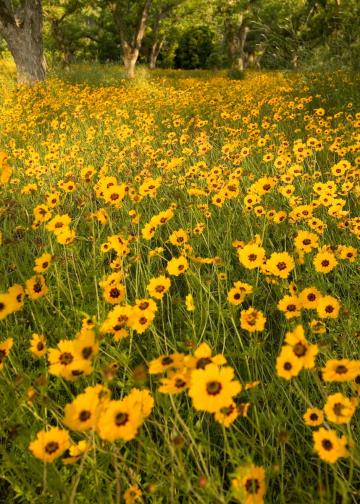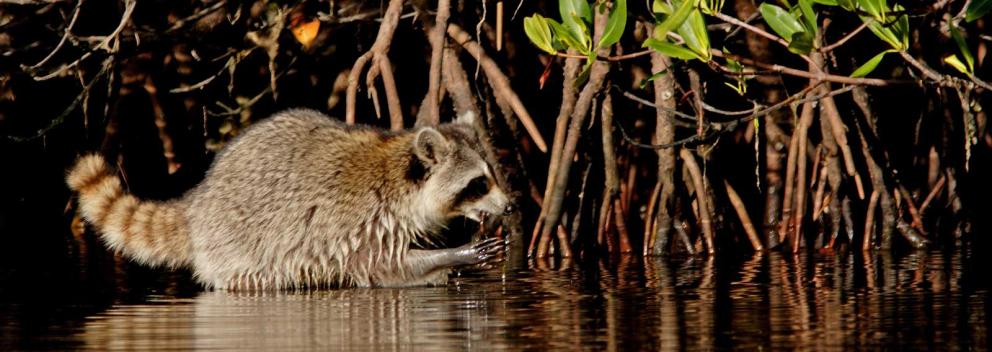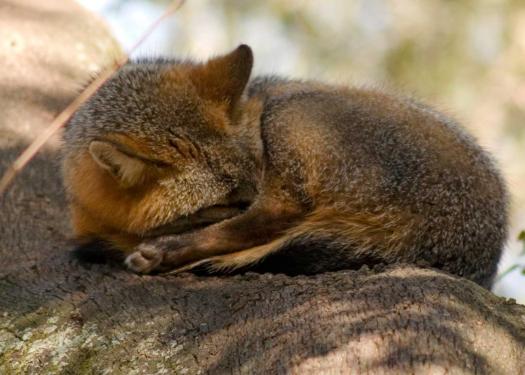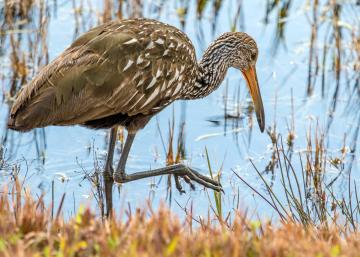The Peace River watershed is home to an extraordinary assortment of plants and animals. Some are common; some are extremely rare.
Coreopsis, the state wildflower, is widespread. Its delicate yellow blooms brighten the riverbanks year-round. The riverbanks are also lined with palmettos, cypress, water locust, sweet gum, cabbage palm and live oak. Some of the trees have dark, muddy skirts. These are the high-water marks of the seasonal floods. Nearing the estuary, red, black and white mangroves appear, increasing in abundance as the water becomes saltier.
Although rarely seen, a handful of Florida black bears still prowl the swamps and flatwoods. On the other hand, raccoons, opossums, armadillos and white-tailed deer are plentiful, providing prey for the Florida panthers that occasionally wander up from the Everglades or the Big Cypress Swamp.
Gray foxes are among the watershed’s more successful predators. They are expert tree climbers, sometimes hiding in live oak trees or the crowns of cabbage palms during the day before hunting when night falls.
Gopher tortoises find the watershed’s sandy soil ideal for their long, deep burrows, which they share with more than 350 other animal species, including birds, insects, small mammals, snakes and frogs.
Sandhill cranes are a common sight in the watershed’s pastures and grasslands. The limpkin is a peculiar wading bird with spotted brown feathers that eats mostly applesnails.
But of all the native species that make their living in the Peace River and its tributaries, none is more spectacular than the Florida manatee. The Florida manatee is common in the Charlotte Harbor estuary, where they congregate during the winter.

